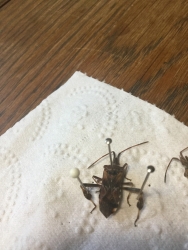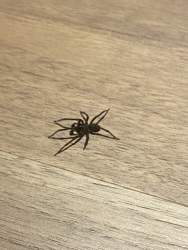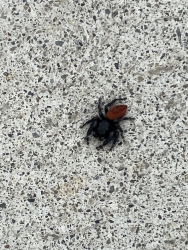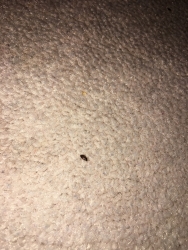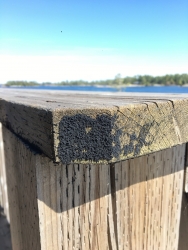I live in an apartment and I feel like there may be something fishy about what the pest control company is doing. 2 months ago they checked all suites. When they came to ours, which was cleaner than clean, and we just emptied the trash an hour before, the man magically found ONE cockroach in the garbage can and claimed we’re infected when we’ve never seen them before, and never again afterwards but for some reason now, 2 months later they wanted to spray poison around our suite even though there is no physical evidence of any pests here. We had kicked them out on their visit yesterday for unrelated matters of them using homophobic slurs and making pedophiles jokes when they thought we weren’t around, BUT I want to know if there is a reason to want to spray poison like that for finding one cockroach in our suite 2 months ago cause I’m sure our landlord will be approaching us soon. Duncan, BC
If your account of events is accurate, it is unlikely that you have a cockroach problem serious enough to require professional intervention. However, just to be on the safe side, I suggest that you procure a few sticky traps (‘Roach Motels’) and place them in your apartment according to directions. If you do not catch any cockroaches within a few days, that should confirm no need for control.

